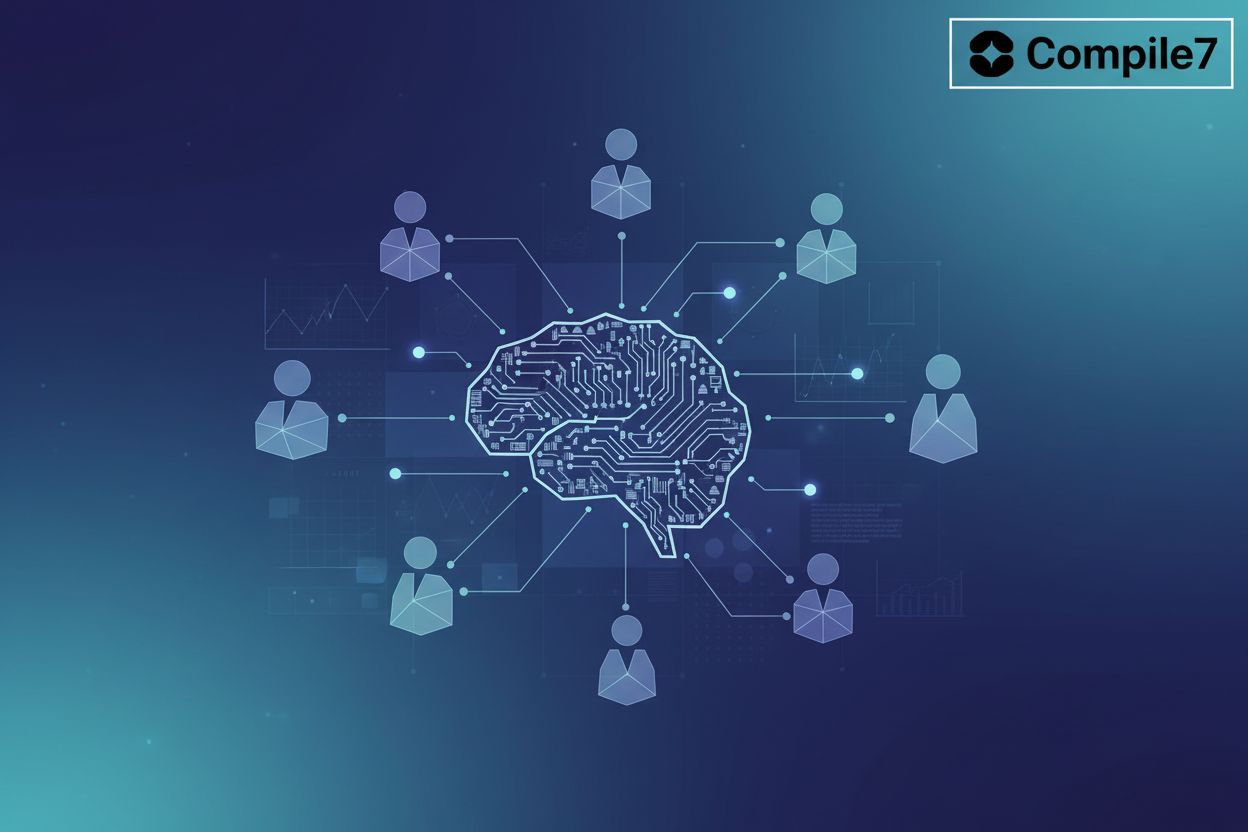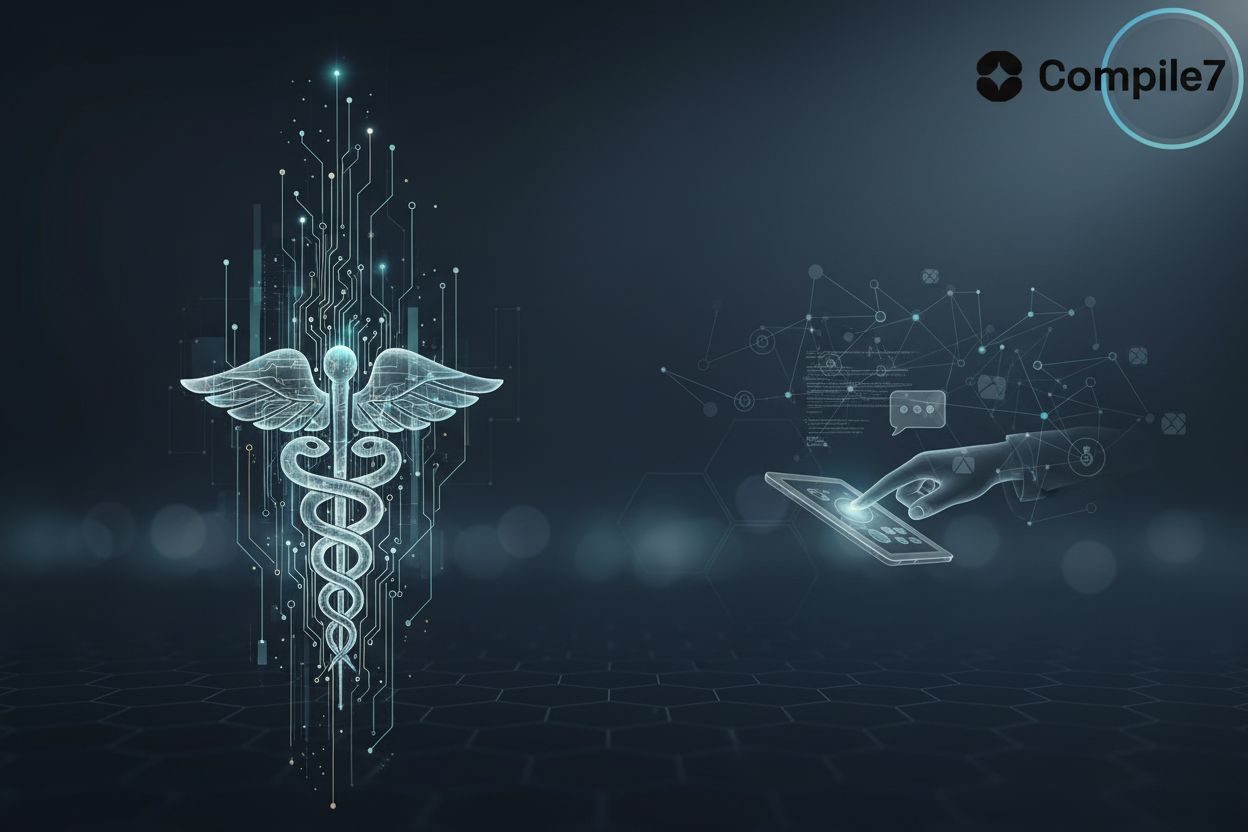Decoding AI Agent Architectures Empowering Business Automation
TL;DR
Understanding AI Agents The Foundation for Automation
So, ever wonder how those super-smart systems actually... think? It all starts with ai agents. They're basically the brains behind the automation boom.
An AI agent is an entity that perceives its environment through sensors and acts upon that environment through actuators to achieve its goals.
- ai agents are autonomous, meaning they do their own thing without constant hand-holding.
- They're goal-driven, always working towards a specific outcome. Think of a customer service bot trying to solve your issue, they won't stop till you are happy.
- Agents interact with their environments, collecting data through sensors, apis, and other tools. (What are AI Agents? - Artificial Intelligence)
- Based on this data, they make decisions to achieve their goals, Like a self-driving car navigating traffic.
The architecture is like the agent's blueprint. It dictates how it functions.
- It provides the framework for an agent's functionality and behavior.
- Affects how well it adapts and scales, which is pretty important, right?
- Determines what type of problems the agent can even tackle.
Understanding these basics is key, because next up, we're diving into the nitty-gritty of those architectures themselves.
Reactive Architectures Immediate Response Systems
Reactive architectures? They're all about that immediate action, no dilly-dallying! Think of it as the agent's reflex response.
- These agents react instantly to their environment.
- They use predefined rules for actions, kinda like a decision tree.
- Simple reflex agents are great where things are predictable.
Like, an old-school thermostat: If it's cold, heat goes on. This direct response is key to how these agents operate.
Next, we'll look at model-based reflex agents, which are a bit more... aware.
Deliberative Architectures Planning and Goal Seeking
Ever wonder how ai agents decide what's best, not just what's possible? That's where deliberative architectures come in!
- Goal-based agents focus on achieving a specific objective. For example, a robot navigating a warehouse to fetch a specific item needs to know the exact aisle to go to. Its goal is to get that item.
- Utility-based agents consider the bigger picture; they evaluate actions to maximize overall benefit or "happiness" for the user. For instance, a self-driving car might balance multiple utilities: speed, safety, and fuel efficiency, choosing the action that optimizes these factors.
Next up: diving into hybrid architectures, where the best of both worlds collide!
Advanced Architectures ReAct and Reflexion in Detail
Advanced architectures? They're where ai agents start getting seriously clever, mimicking human-like reasoning. Let's break down ReAct and Reflexion.
ReAct combines reasoning and acting, enabling agents to tackle complex tasks.
- It interleaves reasoning (planning, reflecting) with acting (executing actions, interacting with the environment).
- Observations from the environment informs the next actions like a chatbot that adjusts its responses based on your feedback.
- ReAct can be used in question answering, decision-making, and robotics.
In the ReAct diagram, the 'Reason: Plan Actions' node signifies the agent's process of strategizing the next steps to achieve its goal. Following an 'Action: Execute,' the 'Observation' node captures the outcome. The 'Reason: Reflect and Revise' node then involves analyzing this observation to adjust the plan if necessary, leading back to executing a revised action.
Reflexion takes it a step further by letting agents learn from their past actions.
- Agents critique its own actions to improve future performance and make better decisions.
- Criticism is grounded in external data and citations, making the reflection more useful.
- Enhances the quality and constructiveness of reflections, leading to continuous improvements.
In the Reflexion diagram, the 'Critique' node is where the agent evaluates its previous action. This critique is informed by 'External Data,' which could include knowledge bases, user feedback logs, or performance metrics. Based on this critique and data, the agent enters the 'Revise Strategy' phase, adjusting its approach for an 'Improved Action.'
So, next up, we'll look at how compile7 can help your business leverage these powerful ai agents.
Multi-Agent Systems Collaborative Intelligence
Multi-agent systems? Think of them as like, a team of ai agents working together. It's all about collaboration to solve bigger problems!
- Multi-agent networks involve agents sharing information and collaborating to tackle problems collectively. For example, a network of weather sensors could share data to build a more accurate regional forecast.
- Multi-agent supervisors coordinate tasks among other agents, ensuring efficiency and alignment. Imagine a manager agent assigning specific tasks to several worker agents to complete a larger project.
- Hierarchical agent teams break down big tasks into smaller, manageable chunks, with agents organized in a structured hierarchy. A project management agent might delegate sub-tasks to team leads, who then assign them to individual agents.
Next, let’s see how this plays out in the real world with some business apps.
Practical Applications and Business Impact
AI agents—are they really living up to the hype? Turns out, they're making some serious waves in business, automating all kinds of stuff.
ai agents are stepping up customer service, offering 24/7 support and personalized experiences. Think chatbots that actually gets what you need, quick!. These often leverage ReAct architectures for their ability to reason and act in response to user feedback.
They're also crunching data like pros, providing real-time analysis and reports for better decision-making. No more waiting weeks for insights! Deliberative architectures, especially utility-based ones, are great here for optimizing analysis.
Content creation is getting a boost too, with agents whipping up marketing copy and social media posts. Content, content everywhere! ReAct or even simpler reactive agents can be effective for generating initial drafts.
And in manufacturing, they're automating processes to boost efficiency and cut costs. It's all about that sweet automation. Reactive and model-based reflex agents are often used for process control.
Businesses are seeing real money savings with ai agents handling customer service and hr tasks. Less human hours = less money spent.
Productivity is soaring as agents take over those repetitive, boring tasks. Now, employees can focus on the fun stuff!
And with real-time data analysis, decision-making is getting smarter and faster. No more guessing games.
So, what about compile7? Next, let's dive into how they can benefit businesses.
Challenges and Considerations Ethical and Technical
AI agents are cool, but it's not all sunshine and rainbows, y'know? There's some real challenges we gotta think about, both ethically and technically, before we go all-in.
First off, data privacy is a biggie. ai agents need tons of data to work, and that means collecting and storing user info. we gotta make sure we're following all the rules and regulations, like gdpr, and not, like, accidentally leaking sensitive stuff.
Then there's data security. If someone hacks into your ai agent system, they could get access to a whole lotta personal data. So, beefing up security with encryption, access controls, and regular audits is super important.
ai agents can sometimes give unfair or biased results. It happens if the data they're trained on isn't representative of everyone. Like, if a hiring ai is only trained on data from male engineers, it might not recommend qualified women for the job.
To avoid that, we need safeguards. Like, having humans review the ai's decisions, especially in sensitive areas like hiring or loan applications. And making sure the data we're using to train the ai is diverse and unbiased.
So, ai agents have the potential to do some amazing things, but we gotta be careful and responsible about how we use them. Addressing these challenges is crucial for building trust and ensuring the responsible deployment of AI, and perhaps compile7 can offer some solutions in this regard.
What is compile7?
You've heard us mention compile7 a few times now, and it's time to spill the beans! compile7 is your go-to platform for building, deploying, and managing sophisticated AI agents. It provides the tools and infrastructure to harness the power of the various AI agent architectures we've discussed, from simple reactive systems to complex multi-agent collaborations. Whether you're looking to automate customer service with ReAct agents or optimize business processes with deliberative agents, compile7 streamlines the entire lifecycle. It's designed to make leveraging these powerful AI agents accessible and effective for your business.








